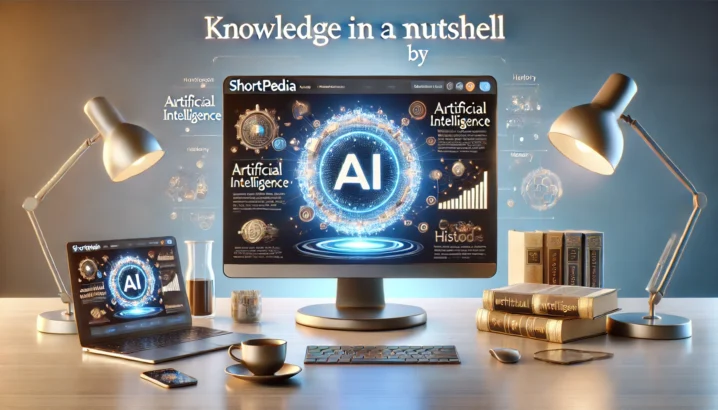The Heart of Humanity: Agriculture’s Evolution
Agriculture is not just about planting seeds and reaping crops; it’s the backbone of human civilization itself. How could we have ever imagined that gathering grains 105,000 years ago would lead to the rise of sedentary societies? From the first domestication of sheep around 13,000 years ago to the cultivation of rice in China between 11,500 and 6,200 BC, agriculture has been a transformative force shaping human history.
The Dawn of Farming
Imagine the first farmers planting their seeds with hope and anticipation. These early agricultural practices laid the foundation for what we now know as industrial agriculture. How did these nascent farmers manage to create food surpluses that enabled people to live in cities? The answer lies in the gradual development of more efficient farming techniques, which allowed communities to grow beyond their immediate needs.
The Green Revolution
The 20th century saw a significant leap forward with the advent of industrial agriculture. 
Modern Challenges and Innovations
While modern agronomy has increased crop yields, it has also contributed to environmental degradation. How can we balance the need for higher productivity with the preservation of our natural resources? Issues like climate change, deforestation, and soil degradation are pressing concerns that require innovative solutions.
The Role of Technology in Agriculture
Agricultural automation is transforming farming practices. Can we harness technology to make agriculture more sustainable while ensuring food security? Technologies like autonomous navigation by robots, robotic milking machines, and precision agriculture are becoming increasingly prevalent. These innovations can stimulate employment but also lead to labor displacement if not regulated properly.
The Environmental Impact of Agriculture
Agriculture is a significant driver of environmental degradation, including biodiversity loss, desertification, soil degradation, and climate change. How do we address these issues while continuing to meet the growing demand for food? The use of genetically modified organisms (GMOs) has expanded the genes available to breeders, allowing for increased durability, nutritional content, insect resistance, and herbicide tolerance in crops.
Sustainable Practices
To combat these environmental challenges, sustainable practices like conservation agriculture, agroforestry, improved grazing, avoided grassland conversion, and biochar are gaining traction. Can we adopt these practices on a larger scale to ensure the long-term viability of our agricultural systems? Technological advancements such as precision agriculture and conservation tillage can help make farming more sustainable.
The Economic and Social Impact
Agriculture provides about one-quarter of all global employment, with China, the European Union, India, and the United States being among the largest producers. How do we ensure that this sector continues to support rural economies while addressing issues like gender inequality and labor conditions? Women account for 47% of agricultural employment in sub-Saharan Africa but often work under unfavorable conditions with limited access to inputs.
The Future of Agriculture
The future of agriculture lies in innovation, sustainability, and inclusivity. How can we leverage automation in agriculture for transforming agrifood systems while ensuring that all stakeholders benefit? The FAO leads international efforts to combat hunger and regulate global agriculture, highlighting the importance of local capabilities in AgTech specialization.
In conclusion, agriculture is a complex and multifaceted field that continues to evolve. As we face increasing challenges like climate change and environmental degradation, it’s crucial that we embrace sustainable practices and innovative technologies. By doing so, we can ensure a more resilient and equitable food system for generations to come.
You want to know more about Agriculture?
This page is based on the article Agriculture published in Wikipedia (retrieved on February 3, 2025) and was automatically summarized using artificial intelligence.




